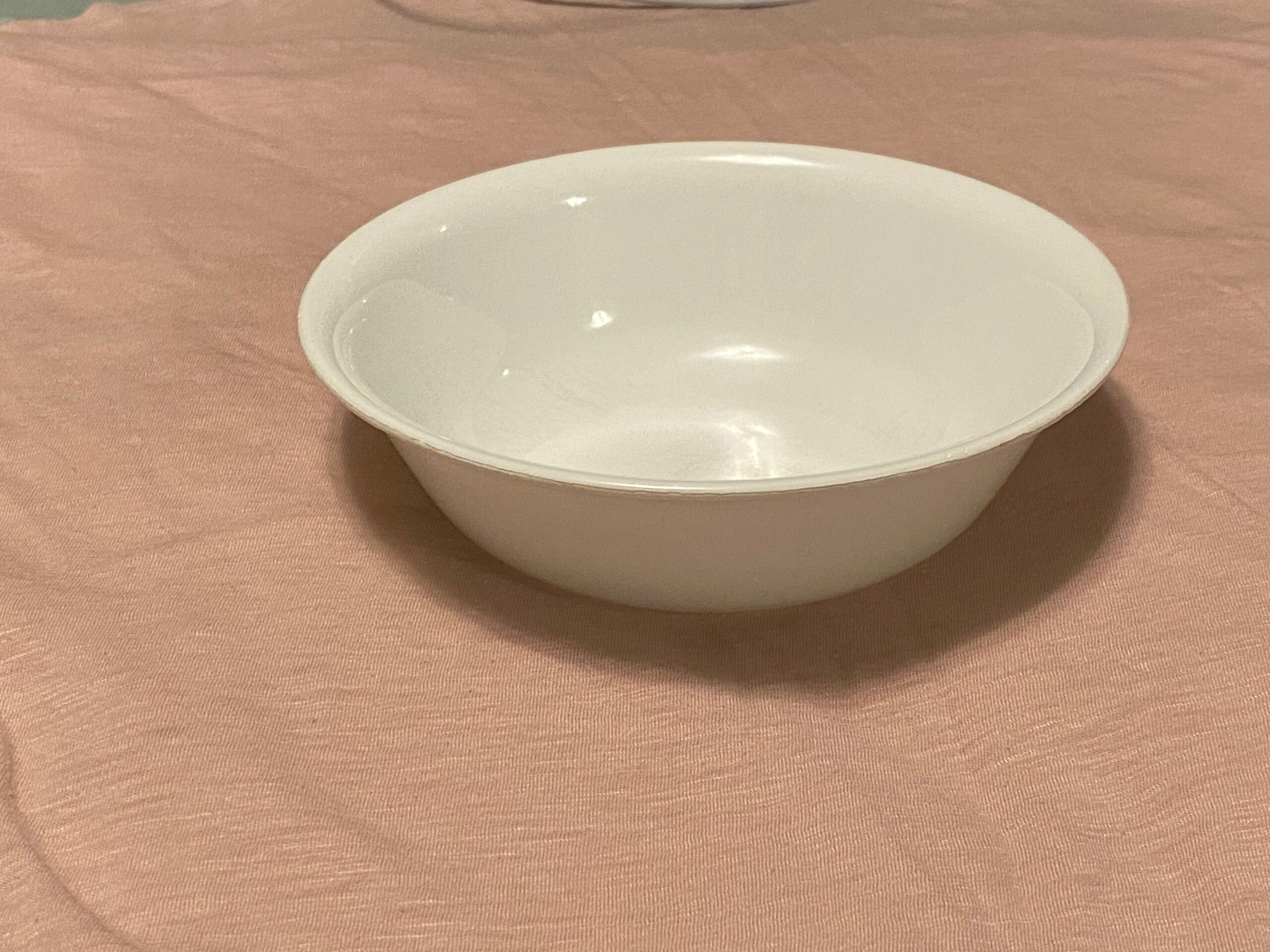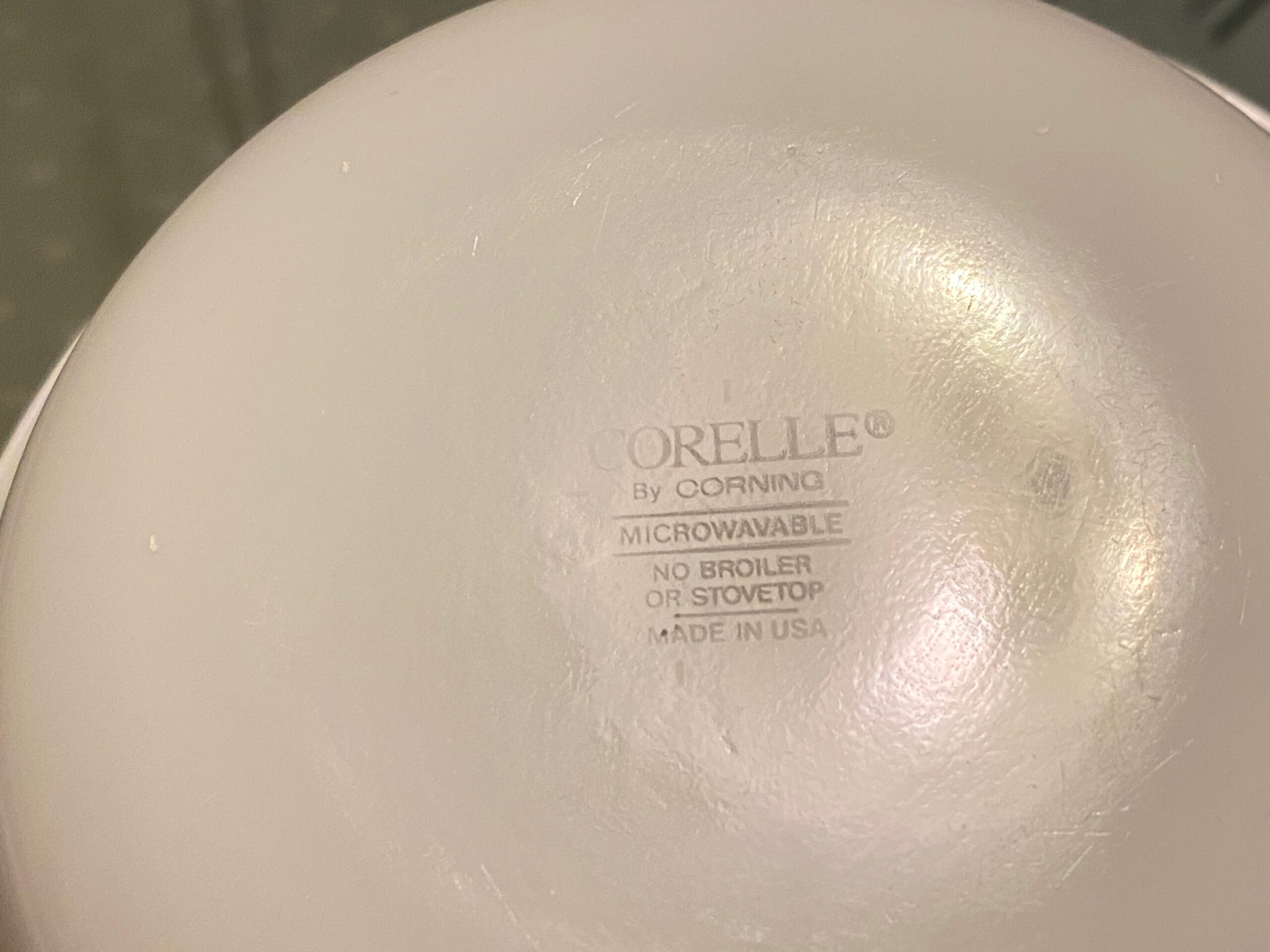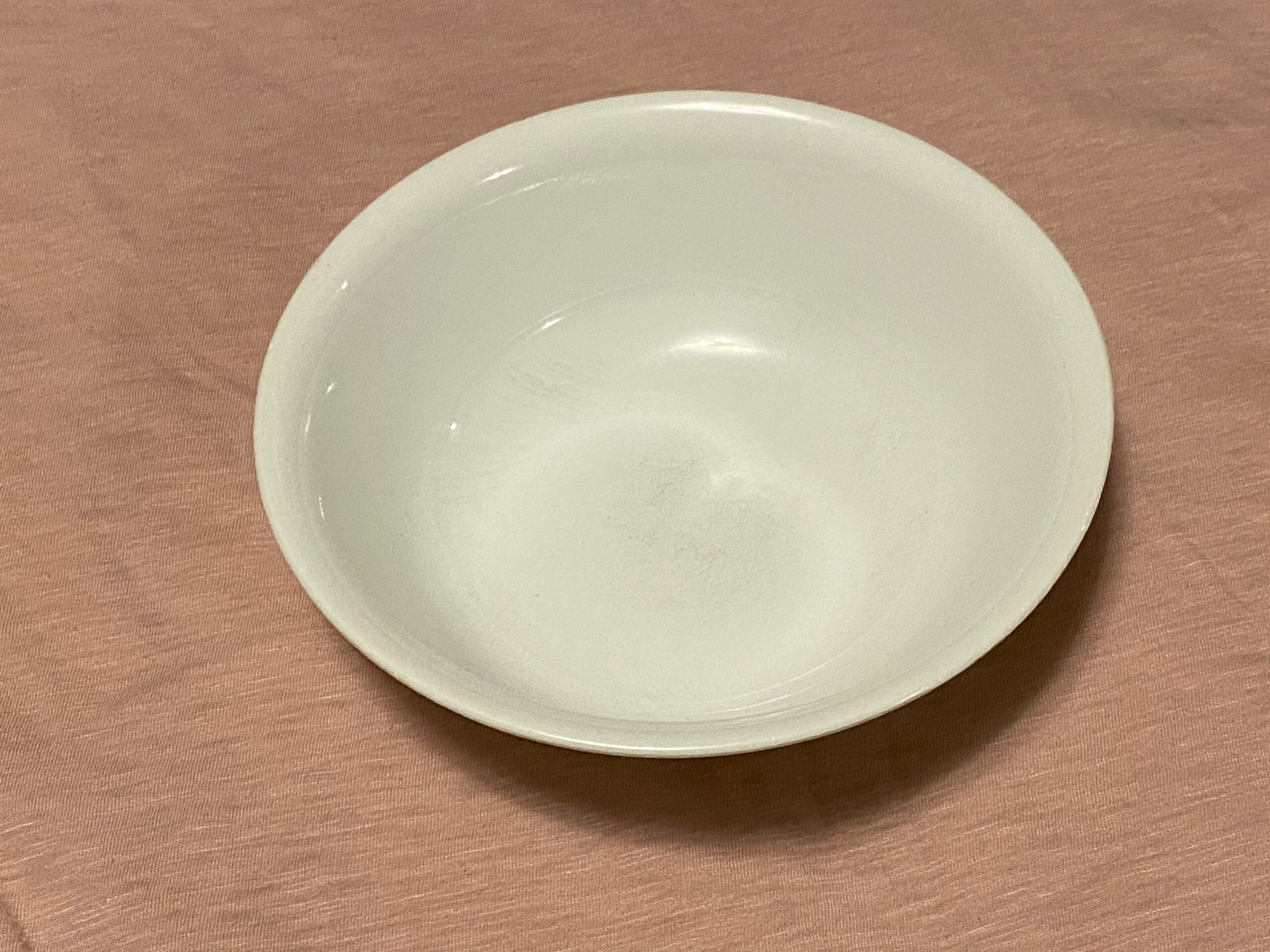1980s white Corelle bowl: Lead-free, Cadmium-free, Arsenic-free, Mercury-free.
This is an ad-free post.
We have removed ads from this post to make it easier for you to read. If you would like to support the independent consumer goods testing of Lead Safe Mama, LLC by making a contribution (which will also help us keep our more widely-read articles ad-free), click here. Thank you!
For those new to the Lead Safe Mama website:
Tamara Rubin is a multiple-federal-award-winning independent advocate for childhood Lead poisoning prevention and consumer goods safety, and a documentary filmmaker. She is also a mother of Lead-poisoned children (two of her sons were acutely Lead-poisoned in 2005).
- Tamara owns and runs Lead Safe Mama, LLC — a community collaborative woman-owned small business for childhood Lead poisoning prevention and consumer goods safety.
- Since 2009, Tamara has been using XRF technology (a scientific testing method) using the exact instrumentation employed by the U.S. Consumer Product Safety Commission to test consumer goods for toxicants (specifically heavy metals — including Lead, Cadmium, Mercury, Antimony, and Arsenic).
- Since July of 2022, the work of Lead Safe Mama, LLC has been responsible for 5 product recalls (FDA and CPSC).
- All test results reported on this website are science-based, accurate, and replicable.
- Items that Lead Safe Mama, LLC reports on are tested multiple times to confirm the results published (for each component tested).
- Tamara’s work was featured in Consumer Reports Magazine in February 2023 (March 2023 print edition) and The Guardian in November 2023.
Published: June 17, 2020
This post has been published simply to share the XRF test results for an older (in this case 1980s), plain white (undecorated / without any colored markings other than the logo markings on the bottom) Corelle dish.
In general, plain white (undecorated / unpainted) Corelle dishes (of any design / shape / style and with any embossed imprinted design) test negative for all of the primary toxicants we look for when testing consumer goods: Lead, Cadmium, Arsenic, Mercury and Antimony.
We have found very few exceptions to this, exceptions for which plain white Corelle dishes have tested positive for traces (very low levels) of Lead and Cadmium. These trace contaminants have been found in situations in which the contaminants are likely from “cross contamination” – specifically the plain white dishes have been stored with dishes with colorful imprinted designs (where micro-particulates of the painted areas of the painted designs have likely worn off onto the unpainted dishes.)
XRF test results for the center of food surface of the 1980s plain white Corelle bowl pictured:
- Lead (Pb): negative (non-detect)
- Cadmium (Cd): negative (non-detect)
- Arsenic (As): negative (non-detect)
- Mercury (Hg): negative (non-detect)
- Barium (Ba): 4,706 +/- 534 ppm
- Iron (Fe): 276 +/- 130 ppm
- Titanium (Ti): 57 +/- 30 ppm
- no other metals detected by the XRF instrument (in consumer goods mode)
Note: The back mark (logo area) was also tested and was also negative for toxicants
~ End ~
Never Miss an Important Article Again!
Join our Email List












Are all Corelle white dishes with no painted pattern lead free???
Are the cream colored ones also lead free?
I have some Corelle-like plates with painted flowers in the center and a yellow line running all around the round shape of it, but instead of being named Corelle, it is ”Arcopal”. Do you know if they are also with some toxicity in the painted flowers?
What do you do with old corelle, pyrex items
Throw them in the trash in most cases. Make sure they break when doing so. Here’s a link that discusses that concern:
https://tamararubin.com/2019/12/what-should-i-do-with-my-lead-contaminated-dishes-to-toss-or-not-to-toss/
T